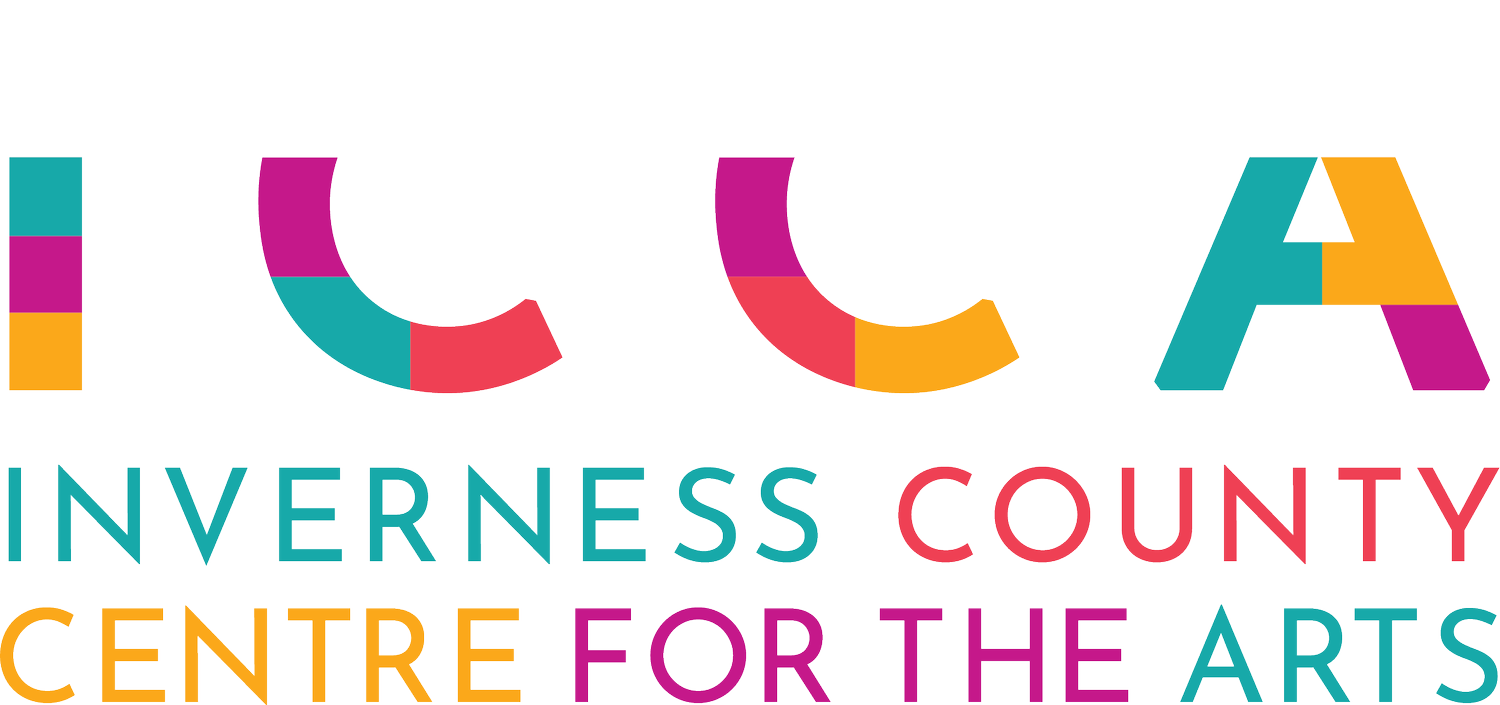Places and Faces of Cape Breton
The wellsprings of this collection of photographs go back to two priests, Father John J. MacDonald and Father Dan Doucet, who got me started photographing Cape Bretonners in the late ‘70s. Both priests were deeply attached to the people of rural Cape Breton whom they served and they wanted decent photos of their time among them. Local to the area, I was pleased to be invited into the homes and workplaces of many of my compelling seniors and I became increasingly intrigued by their power, both subtle and not-so-subtle, as photographic subjects.
A few years later, in 1983-84, I was a political assistant to Deputy Prime Minister Allan J. MacEachen, whose constituency covered most of the western half of Cape Breton Island. He would frequently bring a staff person on visits to the ‘riding’ and I got more than my fair share of trips because MacEachen liked the pictures I would get of him with his constituents.
MacEachen’s persona nationally and beyond was that of a savvy politician, always guarded, calculating every word and gesture – the Sphinx of the Rideau! In his riding, however, we saw another side to Allan J. He let his guard down, was lively and engaging in a way few got to see outside the region. He too had a genuine affection for the people he was serving.
I added to those photos over the decades, whenever I could get back home to Cape Breton. The photos I have selected for this book are from some of the more isolated parts of the Island. For one thing, that is where the best scenery is to be found, e.g., the world-famous Cabot Trail. But, perhaps more importantly, the people that one tended to find, and to some extent still find, there. The people in these shots are primarily of Highland Scots and Acadian French. In these remote parts of Cape Breton, many of these Highland Scots and Acadians were still very deeply rooted in their history, language and culture two and three hundred years after settlement respectively. Until the 1960s, many of the Scots still spoke Gaelic, as with the subjects seen here. Quite beyond the language itself, Gaelic culture lives on in the people’s love of kinship and all manner of convivial hospitality – storytelling, humour, music, dance, drinking, and debates of all kinds – in a word, ceilidh-ing.
Until the period when this collection began, the Acadians too had remained relatively isolated with two of the larger pockets being Isle Madame and area, and northern Inverness county (Cheticamp, Saint Joseph du Moine, and the more northerly Margaree communities, where I grew up). As with the Scots, many, especially the older ones, remained firmly rooted in way of life they had lived for close to 200 years. They still spoke the old French which the earliest families had brought from France in the 1600s. Many of the older ones, like my grandmother, would have had only elementary English, having spent their entire life in French.
It was a joy to spend time with these people, rooted as richly as they were in a world so different from contemporary culture. Their stories, in old language and expressions, had poetic charm. In good part because of long isolation, they were wonderfully at ease in their rootedness, unselfconscious, not worrying if they were in fashion, up-to-date, etc. They were comfortable in their skin, to use a translation of French expression, and it shows in the pictures. It had much to do with their tight connection to community, history, faith and culture. They were anchored too, in a place of striking beauty that was both bounty and danger. The sea was source of sustenance and livelihood, but also of danger.
Much of this was being lost or changing over the period during which these pictures were taken. Gaelic, in particular, has seen a precipitous decline. And while French has probably expanded given additional support for language instruction in schools, the old Acadian French was fading. The story is not all one of decline, however. During this period, Celtic music (Cape Breton fiddling, in particular) went from dying to exploding. There are probably more and better Cape Breton fiddlers now than there ever were. Each year, tens of thousands of celtic music fans from around the world congregate in Cape Breton for the Celtic Colours International Festival.
Cape Breton has a way of attracting, forming and retaining characters who are similarly rooted in this place, its striking beauty and rich culture. So, while most of the people in the photos are of generation or two older than mine (baby boomer), there are younger people too, who have taken up the Gaelic, the old Acadian stories and, especially, the music.
The combination of striking natural scenery and rich cultural heritage is what makes Cape Breton, especially the western half of Cape Breton, such a strong tourist destination. While some of the cultural roots have faded or morphed over the last few decades, they are still living and strong, pushing up new shoots that are building on the past but moving it forward, e.g., celtic music, literature, etc.
The photos here were selected to reflect and embody that story and evolution. Enjoy.



